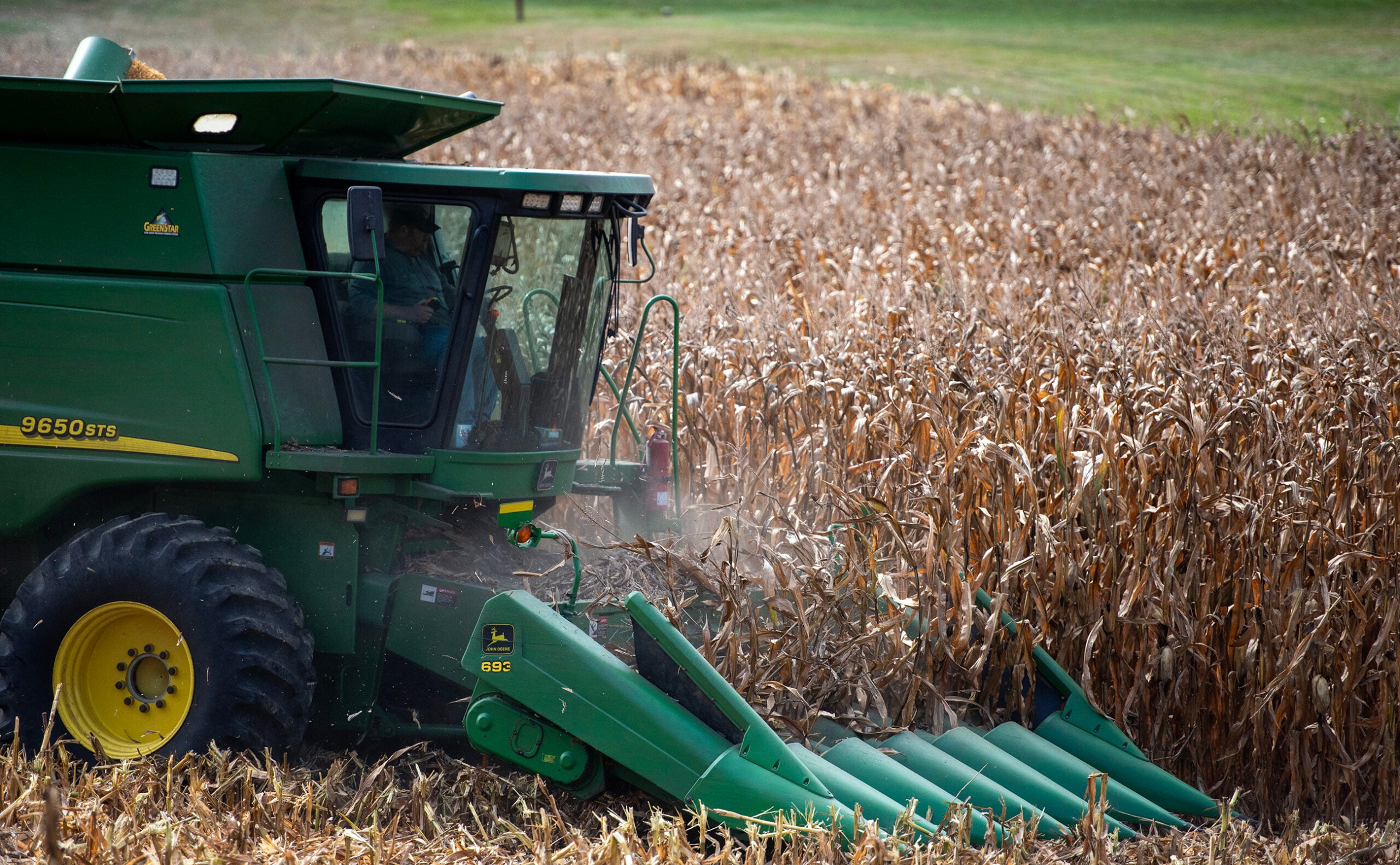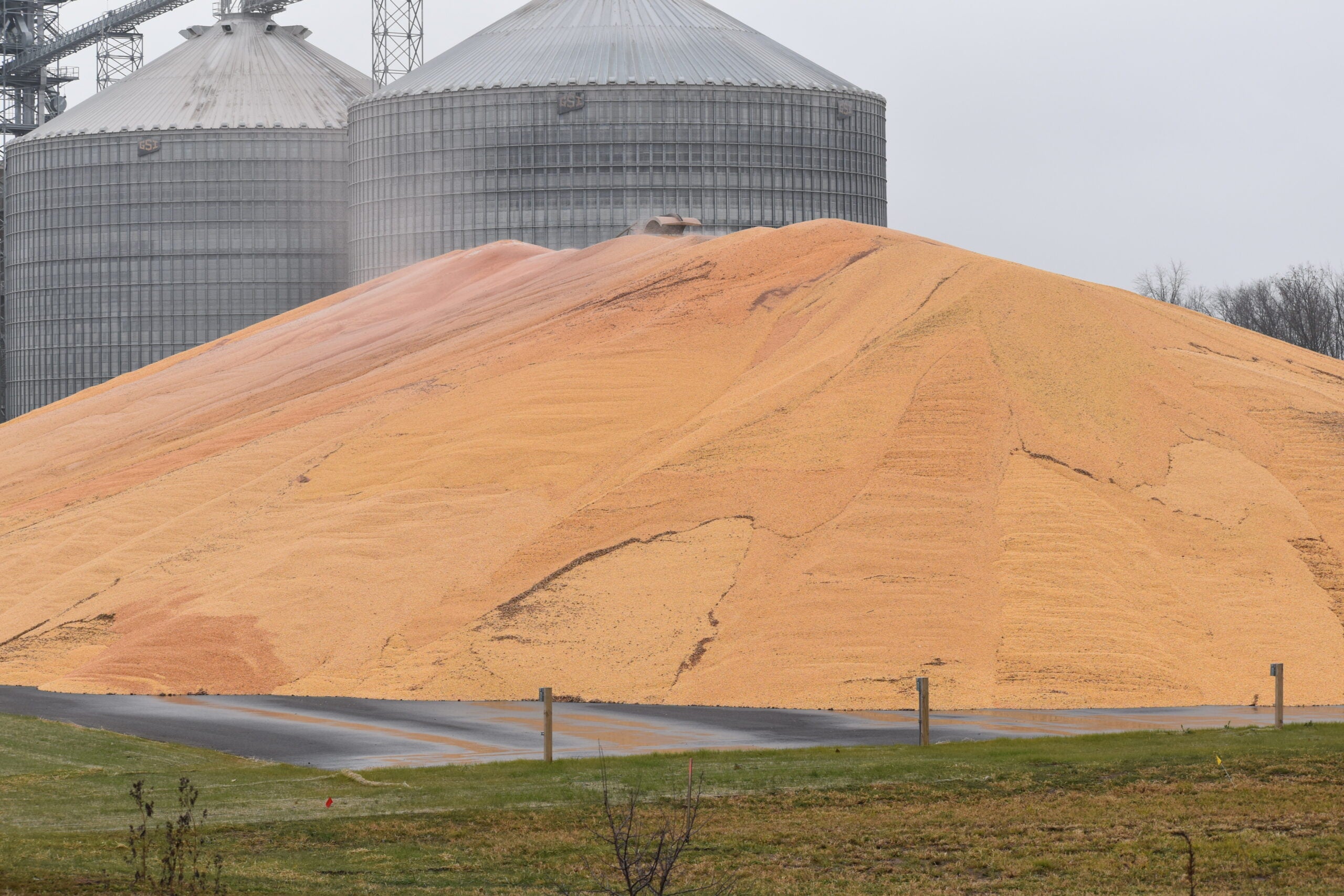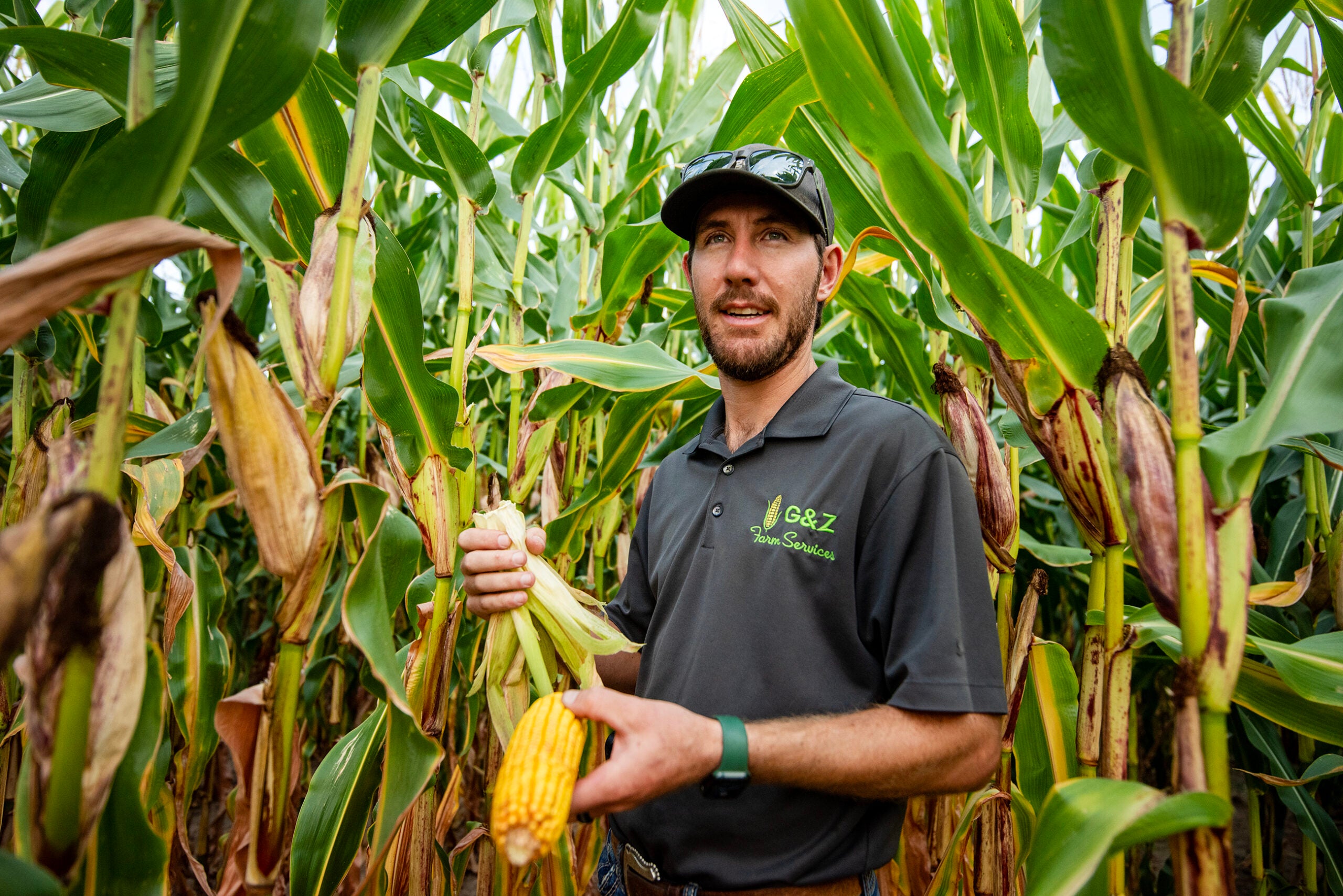Even after a year of record high inflation, economic forecasts show 2022 was a good year to be farming.
The U.S. Department of Agriculture’s Economic Research Service estimated that national net farm income will reach $160.5 billion for the year. That’s 13.8 percent higher than in 2021 and roughly 50 percent higher than the 20-year average, according to ag economist Paul Mitchell.
Mitchell, who leads the Renk Agribusiness Institute at the University of Wisconsin-Madison, said part of the prosperity comes from COVID-19 aid from the federal government, which helped kick-start demand after an initial downturn at the start of the pandemic.
News with a little more humanity
WPR’s “Wisconsin Today” newsletter keeps you connected to the state you love without feeling overwhelmed. No paywall. No agenda. No corporate filter.
“We’ve had unprecedented levels of commodity support for agriculture for a couple years and then really good prices,” he said.
The higher commodity prices helped soften the blow of lower government payments this year, which are forecast to be around 36 percent lower than they were last year.
Adjusted for inflation, net farm income is still forecast to be up 7.2 percent from 2021 and is at its highest level since 1973.
“It landed in the checking account,” said Paul Dietmann, a senior lending specialist for Compeer Financial in Wisconsin. “Even though farmers obviously are very concerned about the fact that for most of the year fuel prices were high, most of the year fertilizer costs were extremely high compared to the previous year. There’s concerns there for sure, but it’s showing up in checking accounts.”
Dietmann said it’s uncommon to see prices up across all crops, from corn to livestock. And he said it’s extremely unusual to see a record year after having a great year in 2021.
“It’s really unusual to have back-to-back years with really, really high profitability, really two of the best years in the last 50,” he said.
Dietmann said that means a lot of farmers are flush with cash right now, and they’re looking for places to spend it before the end of the year when their income tax liability is calculated. He said many are looking at new equipment and a lot are investing in land.
“We’re seeing people buying land with cash,” he said. “Interest rates are really high right now, they’re double what they were a year ago. And we’re talking to farmers, they’re coming in and asking about buying land next door. When they hear the interest rate they say, ‘Well, I’ll just pay cash for it.’”
While farmers might be ending the year flush with cash, both Dietmann and Mitchell say there is a lot of anxiety in the ag sector about 2023.
“There’s anxiety out there and it’s all to do with inflation and these disruptions we’ve seen,” Mitchell said. “Will these prices — they’re coming down some for corn and beans and milk and such — are they going to be enough to compensate for these new higher costs?”
Mitchell said inflation appears to be slowing down and many of the supply chain issues that continued to plague farmers over the last year have mostly been resolved. But he said the threat of a recession has many producers worried, just like industries across the economy.
Dietmann said the economic uncertainty, and the impact of a possible end to the war in Ukraine, is why he is counseling farmers to consider holding onto some of their cash, even if it means paying a higher income tax.
“You don’t want to burn through all of your cash and then all of a sudden the market collapses,” he said. “We saw that in dairy in 2008. We had the milk price drop by 50 percent in the span of two months and that was coming off a good 2007 and another good year in 2008, kind of a similar situation that we have now.”
He said there are signs that 2023 could be another strong year for farm income, even if it’s lower than 2022 and 2021. But with so many unknowns in the new year, he said it’s not a bad idea to be prepared.
Wisconsin Public Radio, © Copyright 2026, Board of Regents of the University of Wisconsin System and Wisconsin Educational Communications Board.





